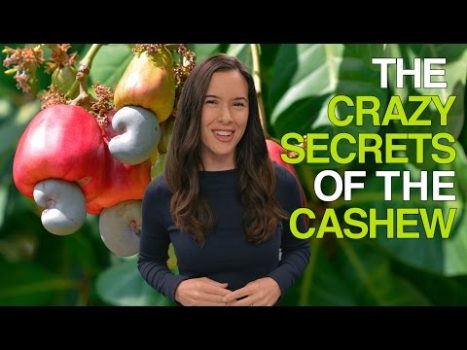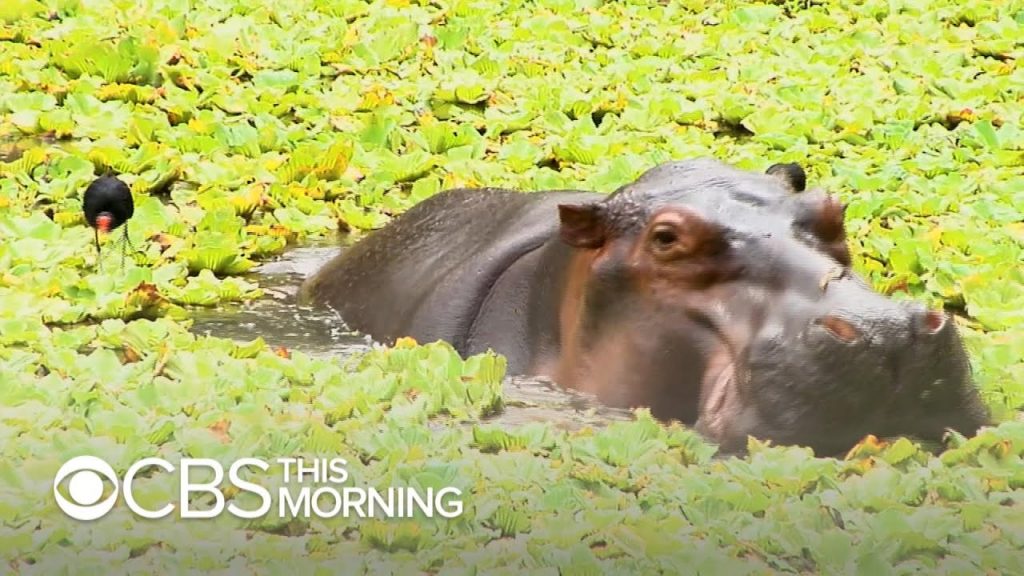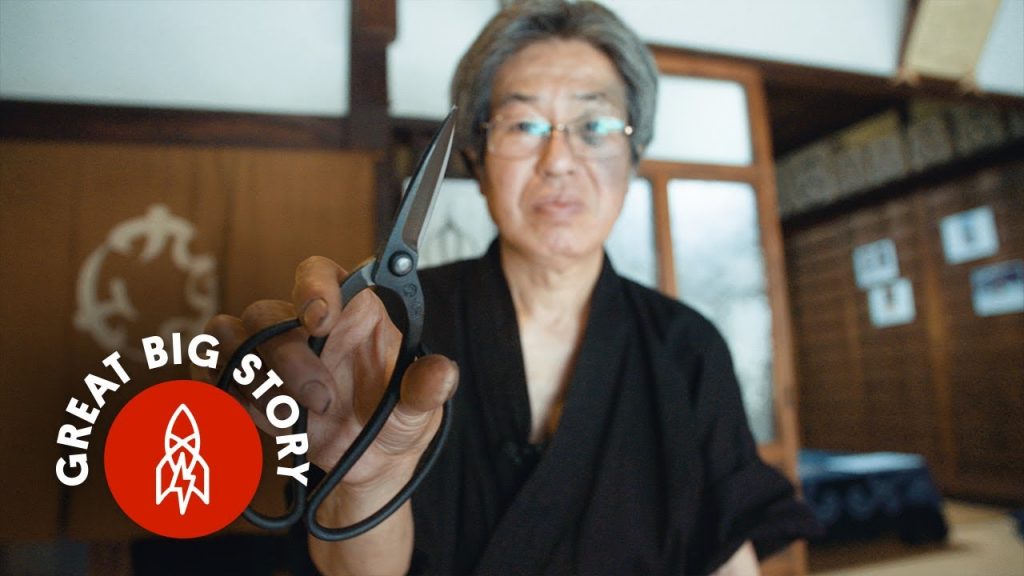The Crazy Secrets of the Cashew (Why Cashews Are Never Sold in Their Shells)

Cashews have many secrets.
Why aren’t they sold in their shells? Are they ever really raw? (Spoiler alert: no!) What’s this “cashew apple” you’ve heard about?? We take a quick dive into the world of cashew processing.
What is the process involved in making cashews safe for consumption?
The Crazy Secrets of the Cashew (Why Cashews Are Never Sold in Their Shells)
The cashew is a well-known and well-loved nut that is popular all around the world. This nut is often enjoyed as a snack or used as an ingredient in many dishes. However, if you have ever wondered why you have never seen cashews sold in their shells, there is a fascinating reason behind it.
The cashew tree (Anacardium occidentale) is native to Brazil and was spread throughout the world by Portuguese explorers in the 16th century. The fruit of the cashew tree, called the cashew apple, is a fleshy and juicy fruit that is enjoyed in many countries as a refreshment.
But what about the nut? The cashew nut is actually not a true nut but is instead a seed that grows on the end of the cashew apple. The shell of the cashew seed is toxic and contains a chemical called anacardic acid. This acid is highly irritating to the skin and can cause an itchy and painful rash when it comes into contact with human skin.
Additionally, when the shell is roasted during the production process, it releases a poisonous gas called urushiol. This gas is the same as the one found in poison ivy and can cause severe respiratory issues if inhaled.
To make cashews safe for consumption, they must undergo an elaborate and highly meticulous process of roasting, steaming, blanching, and shelling the seeds. This involves first removing the shell and inner skin, which is then roasted, after which they are steamed to soften the kernels before the outer skin is removed. The final product is the familiar creamy-white cashew that we all know and love.
Due to the complexity and danger associated with the cashew’s production process, it is simply not practical to sell them in their shells. The risks of handling and processing them would be too great, both to human health and to the equipment used in the production process. Besides, the nut itself is not as interesting or attractive as the peculiar-shaped fruit that it stems from.
In conclusion, while the cashew nut is a beloved snack and ingredient all around the world, the process involved in producing it is highly challenging and dangerous, necessitating its sale exclusively in its de-shelled form. While it may seem a little “crazy” that something as innocuous as a nut can be so hazardous in its natural form, this only serves to make us appreciate the cashew even more, knowing all the hard work required to make it safe for our consumption.










Camping In The Multi-Purpose Tracked Crawler
Walking Through An Ancient Ice Cave
What’s Under The Ice In Antarctica?
The Most Dangerous Newborn Baby Animals On Earth
Cutting up a Lamborghini Aventador, Serious All Black Cullinan, AMG GTS Wheels